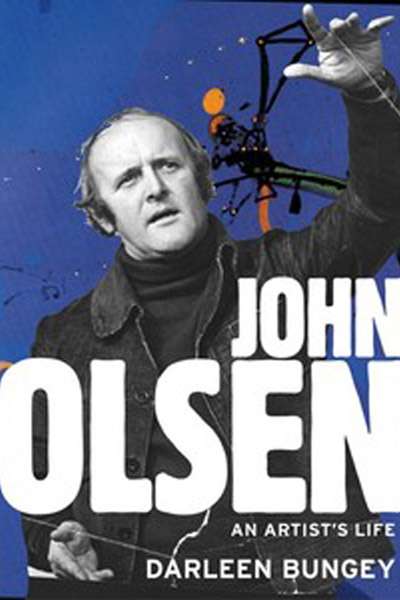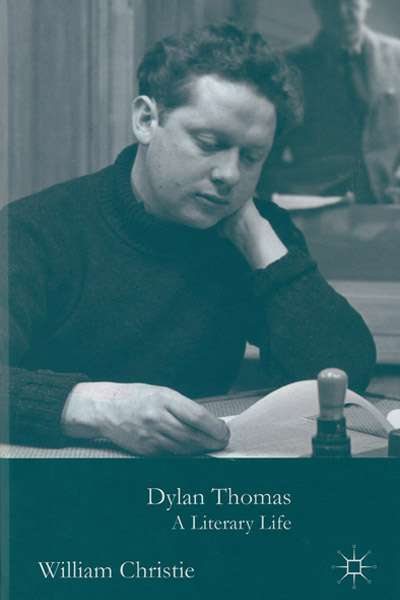Biography
Penguin and the Lane Brothers: The Untold Story of a Publishing Revolution by Stuart Kells
Penguin is synonymous with publishing: a firm of vast influence and market share, whose ‘Classics’ imprint essentially arbitrates the modern canon. The founding myth goes something like this: Allen Lane, eccentric genius and publisher, was standing on a railway platform after a weekend with his chum, Agatha Christie. In want of a decent, cheap read, he visited a ...
Thea Astley: Inventing Her Own Weatherer by Karen Lamb
‘If there are going to be any more of her novels, perhaps we should come right out and promote her as an utter bitch?’
So wrote Alec Bolton, the London manager of Angus & Robertson, to his senior editor John Abernethy in Sydney. The novelist in question was Thea Astley, and the book was A Boat Load of Home Folk (1968). Bol ...
Bearing Witness: The Remarkable Life of Charles Bean, Australia's Greatest War Correspondent by Peter Rees
Charles Bean is now seen as one of the classiest journalists and historians Australia has produced. Like many talented historians, he had no prior training in his craft, except as a war correspondent during World War I, when he wrote in the face of daily and nightly dangers such as most war journalists no longer have to confront.
I have the strong impression ...
Chasing Lost Time: The Life of C.K. Scott Moncrieff: Soldier, Spy and translator by Jean Findlay
Jean Findlay had access to an impressive array of sources when writing this biography of her great-great uncle. She does not always make the best choices in navigating the mass of material: too many pages are cluttered with unsifted detail, and the family history genre often interferes with the biographical project of a significant public figure. However, the multip ...
‘I’m Duke Morrison, and I never was and never will be a film personality like John Wayne. I know him well. I’m one of his closest students. I have to be. I make a living out of him.’ In Scott Eyman’s biography John Wayne: The Life and Legend, these words, uttered by ‘Duke Morrison, aka John Wayne’, serve as an epigraph. They are a curious mixtur ...
Paul Keating has an enduring allure. He has been out of politics since 1996, yet in the past year or so we have seen the ABC screen an unprecedented series of four one-hour interviews with him by an unusually respectful Kerry O’Brien; a book of his sayings still sells well, his speeches and pronouncements receive wide publicity, and now historian David Day has giv ...
Geoffrey Bolton has written a fine biography of one of Australia’s eminent sons, one not well recognised or widely remembered. Paul Meernaa Caedwalla Hasluck was born in Western Australia in 1905 and rose to become an accomplished journalist, a historian, public servant and diplomat, a minister of Parliament in the Menzies era, contender and possibly logical successor for prime minister, and governor-general. Each facet of Has-luck’s governmental career displayed a selfless commitment to duty, to the notion of governmental responsibility, as well as considerable achievements in the advancement of both the people of Papua and New Guinea, and policies in the Northern Territory relating to Aboriginal welfare.
... (read more)‘He was a great bloke, a gentleman and a scholar,’ one of Scott Bevan’s interviewees says of his subject, the fêted and (at one stage) ill-fated painter, William Dobell. Like many others in the book, this interviewee got to know Dobell at Wangi Wangi, the little coastal township just south of Newcastle in New South Wales where the painter retreated for the last third of his life, following the unsuccessful but nonetheless wearing legal case mounted against him when he was awarded the Archibald Prize for portraiture in 1943. (The plaintiffs had sought to claim that the prize-winning work was a caricature.)
... (read more)Eight years ago Darleen Bungey published a revelatory biography of Arthur Boyd. She cast shadows across the ‘idyllic’ Open Country years where the extended Boyd family lived in suburban Murrumbeena and unflinchingly detailed his declining, alcoholic years at Bundanon. Bungey’s compelling new biography of John Olsen has its share of revelations. Olsen’s weak and inadequate father wound up destitute on the streets of Sydney, largely sustained by handouts from his son. Boyd was an intensely private man, friendly but reclusive. Olsen has been a public figure for most of his long career, reaching back to the early 1950s when he emerged from the Julian Ashton school as the star student of the difficult and demanding John Passmore. Boyd was dead before Bungey published her biography. John Olsen, happily, remains a boisterous octogenarian, going strong in art and life. A living subject is not always to the biographer’s advantage. Bungey can sound like a cheerleader: ‘Like Jay Gatsby, John was a man from an impoverished childhood with a mind for enquiry, a hunger for romance and a need for invention.’
... (read more)The legendary Dylan has now been dead for a century and his fumy glitter has probably faded a little. But then, how far do any poets these days really have glamour to show for themselves, no matter how hard they drink? Very few, in the Anglophone world at least: there’s nobody around like Wales’s roaring boy.
... (read more)










